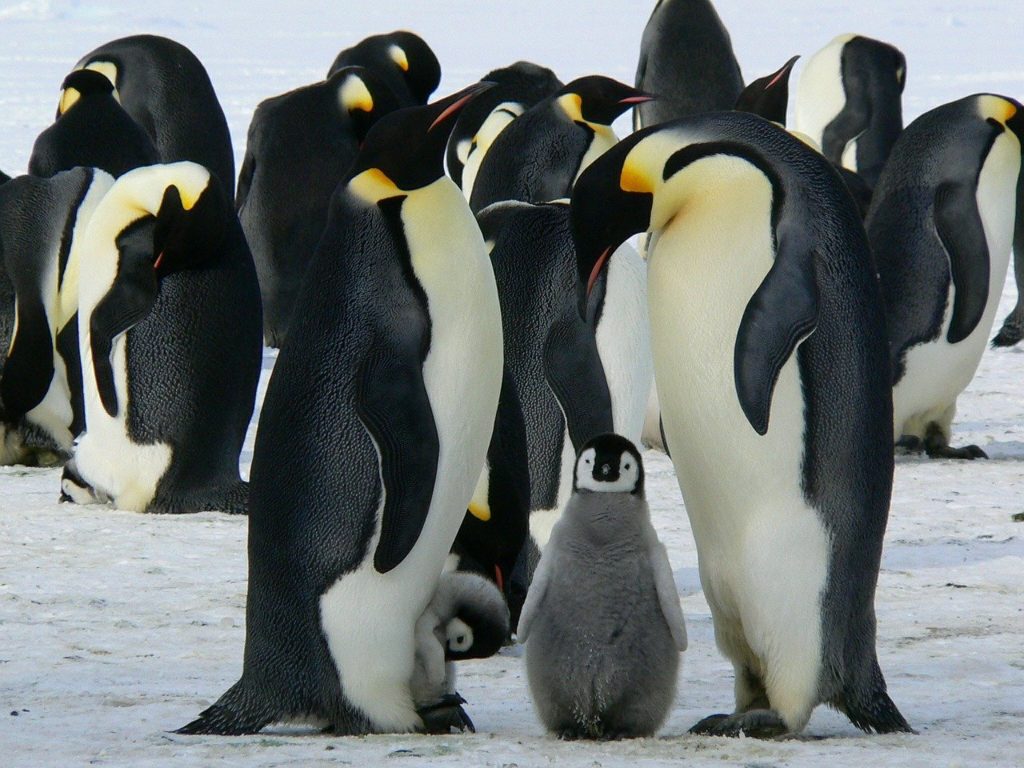
Dr Jonny Stark
Questions answered by this expert
Climate change can affect populations of animals in lots of ways.
Breeding – it can affect the way they breed every year. For example, Emperor penguins breed on the sea ice, in areas that are stable and don’t change from year to year. They lay their eggs on the ice and hatch the chicks and look after them until they are old enough to swim. But the areas of ice they breed on are being affected by climate change. Some areas of ice have shrunk, or broken up, destroying colonies that have bred in those areas for thousands of years. Some colonies are losing their special breeding areas and the number of chicks making it to adulthood is shrinking every year. Some breeding colonies no longer exist, because the sea ice they once used to raise their chicks is now gone. Over time this will slowly reduce the total number of Emperor penguins as there will be less new chicks coming into the population every year. Some colonies are ok and are not affected yet, but may be at risk in future.

Competition – Some populations of animals may be affected by competition for space or food as climate change affects their habitats. Populations of animals that live on the sea floor in the dark areas under sea ice, where there is not enough light for seaweed to grow, may have to compete with seaweed for space as the amount of sea ice changes. With less sea ice there is more light that reaches the sea floor, which is good for seaweed but bad for the animals that live in these areas. Seaweed can grow very quickly once it is established, crowding out animals such as sponges and corals – outcompeting them for space. This could result in a loss of biodiversity in these areas as lots of animals populations are replaced by seaweed.
Ocean acidification – This is the process that occurs as more carbon dioxide is absorbed by seawater. It makes it slightly more acidic each year which can affect animals in lots of ways. One way is by affecting those animals which make shells out of calcium carbonate. Ocean acidification makes it harder for them to make their shell, and eventually it could mean their shells start to dissolve. This is already happening to a planktonic animal called a sea-butterfly, or pteropods. These beautiful little animals have very thin fragile shells. Climate change through ocean acidification is causing their shells to be smaller and weaker. This might mean they have to put more time and energy into making their shells, which could mean less energy for reproduction. It could eventually cause them to die before they can reproduce, meaning that their populations will shrink. This could have serious effects on the food web in Antarctic seas, as pteropods are important food for lots of other animals like fish, penguins and even whales.









